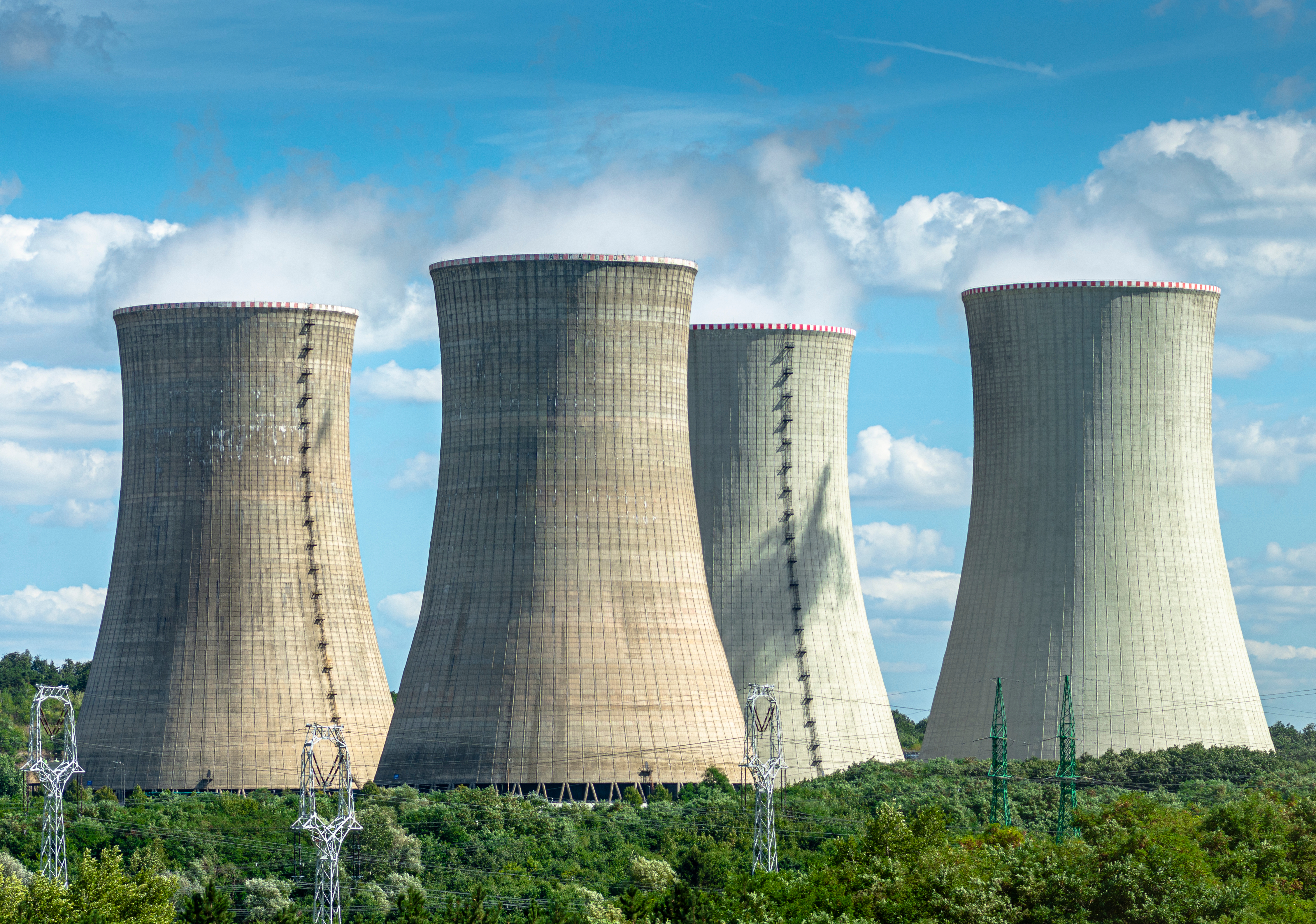Government-funded AI tool developed to help monitor and manage nuclear reactors

AI enhancements are seemingly spreading to nearly every corner of tech, and apparently, nuclear reactors are no exception. The Argonne National Laboratory, headed by the U.S. Department of Energy, has been hard at work recently on an AI-centered system that can help both in the design and operation of nuclear power plants.

The AI system is known as the Parameter-Free Reasoning Operator for Automated Identification and Diagnosis and has been abbreviated to PRO-AID for short. According to the Argonne National Laboratory, this new system is intended to be versatile in many different aspects of nuclear management. The idea was to create a variety of tools that both newer nuclear plants could implement, as well as older facilities in need of upgraded tech management.
You can read more about what PRO-AID consists of in depth over at the Argonne National Laboratory website. It includes plenty of details about the system and different aspects of AI-powered options that can be implemented at nuclear facilities. However, we have a few examples to touch on to give you an idea of what it's capable of.
One of the biggest ways AI has been implemented is in monitoring. PRO-AID can help keep an eye on nuclear functions in real-time and use generative AI to relay status updates to staff members. It can also take advantage of mathematical processing to help interpret data that can be used to provide a bigger picture of how the facility is functioning.
While many of the functions are intended to work in tandem with an existing staff, there are also some aspects that are potentially in place to replace existing workers. According to Richard Vilim, a senior nuclear engineer from Argonne National Laboratory who recently spoke with the Wall Street Journal about the new technology, certain "lower-level capabilities" can be handled by PRO-AID, mitigating the need to replace retirees.
If you want to get a better understanding of PRO-AID and how it can be used to help nuclear facilities operate, check out the official Argonne National Laboratory website for lots of details and a deeper look at the tools it can offer. You can also find a video showcasing the new project over at the official Argonne National Laboratory's YouTube channel.
Get Tom's Hardware's best news and in-depth reviews, straight to your inbox.

Ash Hill is a contributing writer for Tom's Hardware with a wealth of experience in the hobby electronics, 3D printing and PCs. She manages the Pi projects of the month and much of our daily Raspberry Pi reporting while also finding the best coupons and deals on all tech.
-
Ralston18 One very complex system being monitored and managed by another, newer, potentially more complex system is not a good concept.Reply
A "perfect storm" of events will be catastrophic.
No matter what those events are: human error, physical terrorism, cyberattack, design, construction, materials, procedures, natural events .....
Consider: Ordering a reactor scram results in the AI ordering an axe.
Look it up. -
jp7189 This is a pretty perfect use case for AI. It's hard to directly observe nuclear reactions. Instead we infer what is happening by monitor conditions around the reaction. Taking tons of monitoring data and using computer inference to produce a better model of the reaction is a great use.Reply -
Ralston18 Monitoring tons of data indeed.Reply
And nuclear reactions have been studied in theory and in practice for well over 60 years.
Consider the USS Nautilus (SSN-571). And the generations of nuclear submariness and ships that followed. Plus land based reactors.
Yes there have been and continues to be concerns all around for many reasons.
= = = =
However, when someone (human or AI) infers that those data results are some flaw in the modeling that is when things will go bad.
History has many examples. One of the earliest and most noted:
https://en.wikipedia.org/wiki/Radar_warning_of_Pearl_Harbor_attack
And there are also two space shuttle tragedies that sadly occurred because of similar circumstances and details.
AI has value and can certainly be put to good use. But requires much more forethought beforehand.
I would hazard a guess that the first thing that those implementing any use of AI did was to seek legal counsel regarding disclaimers....